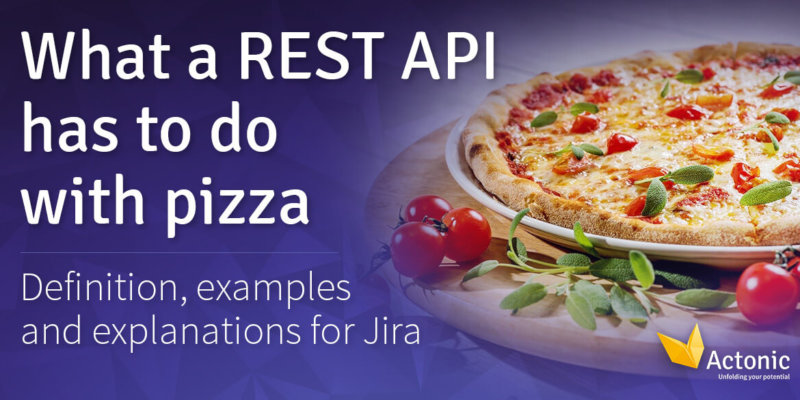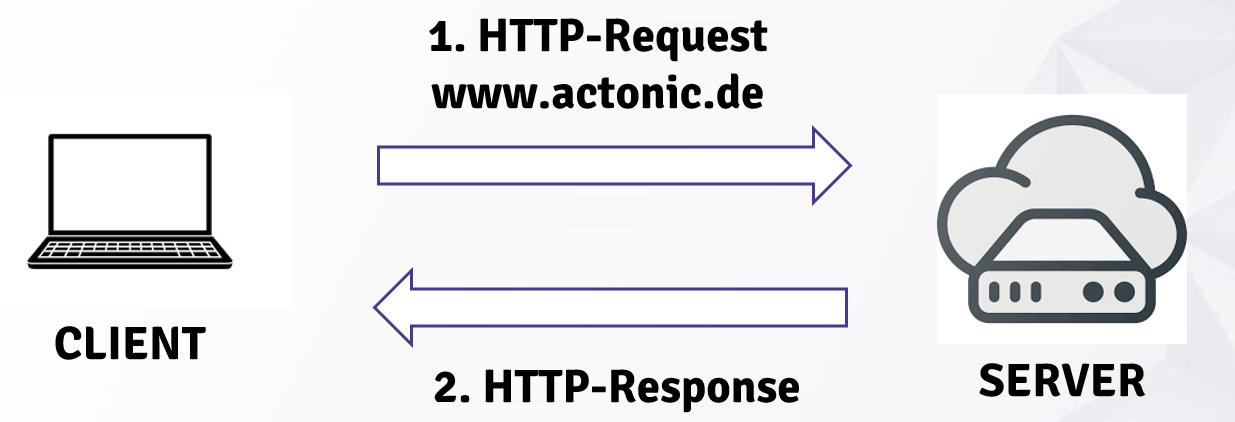Examples of APIs
-
PayPal Payment
-
Fast log-in
-
Book a vacation
What is a REST API?
A REST API is a special type of programming interface. REST stands for: Representational State Transfer, an architectural style used to exchange data between users and applications. Rest is not a standard, but merely an architectural design, in a sense a collection of different protocols.
REST is also not a protocol like HTTP, but uses the HTTP protocol to retrieve and provide resources. This is also one of the main differences between APIs and REST APIs: depending on the type of API, a different protocol is used. REST APIs interact exclusively through HTTP protocols.
Furthermore, REST architecture is easily modifiable and implementable.
Rest API: Precisely defined
For an API to be a REST API, there are some criteria that must be met:
REST APIs advantages
-
APIs enable simplified programming
-
Clean overall structure, as individual functions can be outsourced to program modules
-
Agility through automated workflows thanks to APIs
-
Seamless communication through integration of platforms and systems
-
REST APIs are very flexible and can be adapted to any data changes
-
APIs provide additional protection between data and servers







 Gain hands-on insights from live webinars
Gain hands-on insights from live webinars